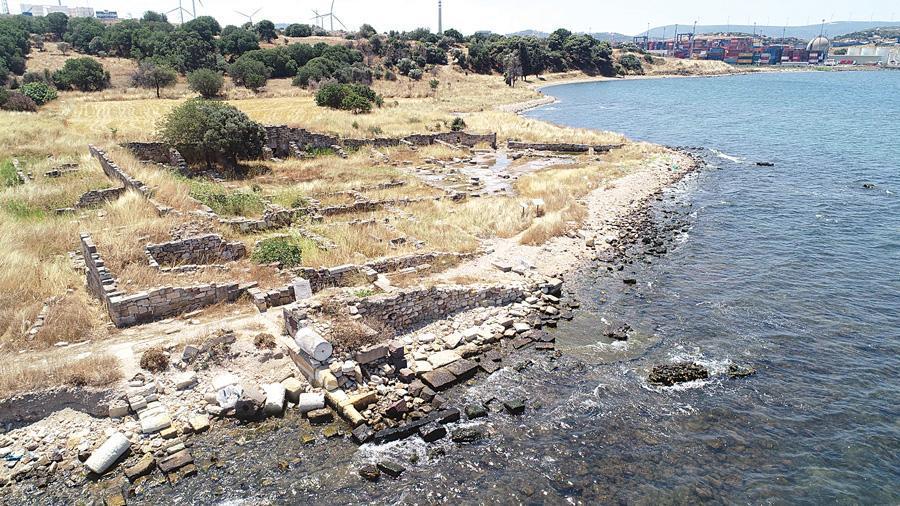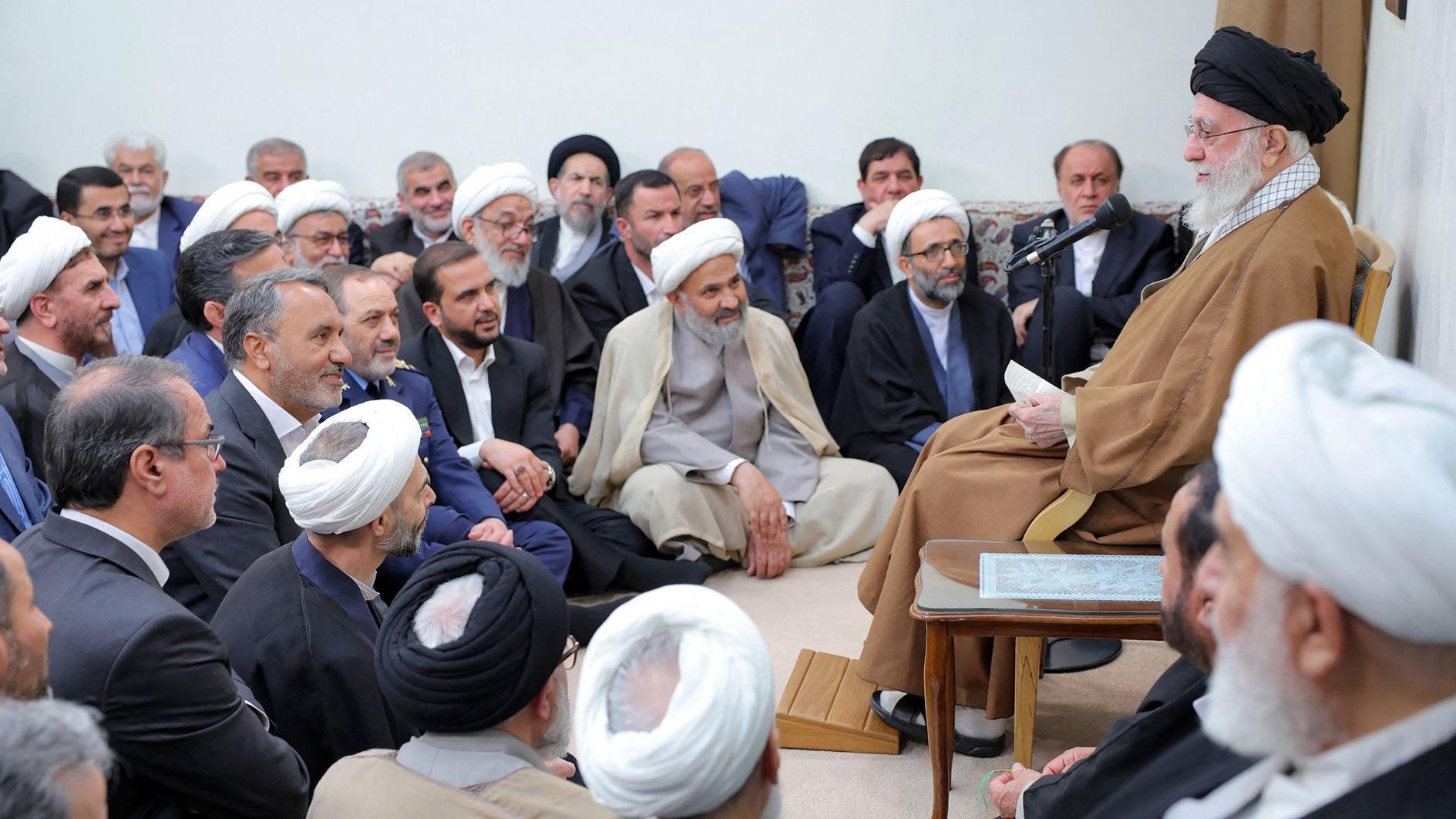Kyme needs to be rediscovered
İZMİR – Demirören News Agency

Kyme, the biggest of the 12 ancient Aeolian cities founded in the middle of the 11th century in İzmir, is now in ruins. Thanks to the maritime trade at the time, the city developed its economy and became one of the first cities to issue coins.
Nowadays, the ancient city of Kyme, right next to Nemrut Harbor within the borders of Çakmaklı neighborhood of Aliağa district, is waiting to be unearthed.
In the ancient tımes, Kyme was a remarkable trade center and made significant progress especially in the fields of winemaking, olives, grapes, wheatö olives and ceramics. The city lost its importance with the establishment of the ancient city of Ephesus.
An Italian team, which has continued the excavations in the region for 30 years, took a break in 2016. The bronze horse statue found in the excavations is now being exhibited in the İzmir Museum Directorate while the Artemis head is displayed in the İstanbul Archeology Museum.
Greek historian Ephoros, the author of the first work on the history of the world, Historia, was born here. The father of Hesiod, the oldest and greatest author of Hellenic literature after Homer in the end of the eighth century B.C. and accepted as the master of didactic poetry, is also believed to have been born here.
More than 500 graves were discovered during the excavations in Kyme, where many important names were born and lived. Some of the necropolis (cemetery) finds are exhibited at the İzmir Archaeological Museum Directorate.
Associate Professor Akın Ersoy of Dokuz Eylül University Department of Archeology said that the region is one of the most important port cities in Western Anatolia. The necropolis excavations were carried out under the supervision of the İzmir Museum Directorate and very important objects were brought to light.
Many coins were found during the excavations, Ersoy said.
“Its wealth arises not only from the harbor but also from agriculture. But in the 14th and 15th centuries, it lost its importance. There is a harbor castle built in the 12th century in the ancient city. This castle was captured by Çelebi Mehmet during the conquest of Western Anatolia by the Turks.”
Massimo Frasca, archaeologist professor at the University of Catania, who worked on the excavations, said that they reached some important structures during the excavations.
“Unfortunately, there are no well-preserved remains among them, because the harbor’s presence has transported all useful things for centuries. The artifacts here were taken to beautify Istanbul or other cities. Although there are no visible architectural remains such as columns in the area, archaeological excavations unearthed some important buildings of the city. First of all, a castle stands out. There is a Genoese fortress to protect the harbor by the sea,” said Frasca.
Stating that the castle was built on the remains of the city walls, Frasca said, “There were two gates in this castle. It was a beautiful structure. It was made of two different kinds of stones, andesite at the bottom and limestone at the top. So everyone came to see the city’s strong and beautiful walls. Unfortunately, there is a poorly preserved theater in the city. The floor of the theater has been eroded over time. Its seating steps have been taken, but its marble floor is still there. Beneath this marble floor was another floor with ancient inscriptions. When the paving stones were taken, important inscriptions were found under them. The inscriptions were written in honor of important personalities. For example, one mentions an important woman. This woman, one of the city’s donors, built a Bouleuterion [City Council] that we cannot see now. The same woman had other buildings built in the city.”
Stating that a neighborhood consisting of columned Roman houses was also uncovered on the southern hill in the region, Frasca said, “On the northern hill, a temple dedicated to Cybele, then to Demeter and then to Isis was unearthed. It can be called a sanctuary that has been used for a long time. Even though they are not very important ruins, there are enough ruins to understand the story of this city. Even if it was damaged by earthquakes, it was always rebuilt. Due to its port, it remained a very important city until the Persian invasion.”
Excavations have stopped some time ago in Kyme, and it is not yet known if works will start again.
















